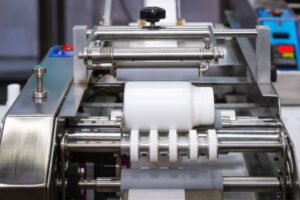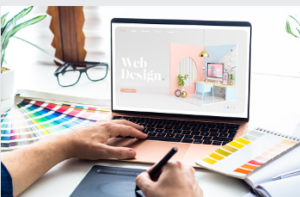With regular printers capable of producing high-quality prints on multiple materials, why not make stickers using one? They’re more cost-effective than premium models while providing similar versatility.
Consider these factors when choosing sticker printers Adelaide: print resolution, colour accuracy and ease of use – this will help ensure you produce top quality stickers!
Easy to use.
 Be it for small business use or hobby use, a sticker printer can be an invaluable asset. Before making the investment decision, ensure it meets all your requirements – such as an intuitive model with convenient connectivity features. Inquire into its cost and warranty status.
Be it for small business use or hobby use, a sticker printer can be an invaluable asset. Before making the investment decision, ensure it meets all your requirements – such as an intuitive model with convenient connectivity features. Inquire into its cost and warranty status.
A good sticker printer must accommodate various paper sizes and thicknesses – even vinyl! Furthermore, some models have an auto-document feeder to print multiple sheets at the same time; this can save time but be sure that your printer is compatible with each type of paper used to ensure that results come out exactly how you intend.
Colour accuracy should also be one of your main priorities when purchasing a printer, particularly if you plan to print photos or images onto stickers. If colours don’t come out quite right, they may appear different than intended – this issue can be avoided by investing in one with a high-quality display – touch screen options are even available on some models! Additionally, some sticker printers provide flatbed scanners, making scanning large documents easy; additionally, some come pre-inked with ink sets included when purchased.
Convenient connectivity
For mass printing of stickers, a printer that can accommodate thick paper is essential. A good sticker printer should use both dye and pigment-based ink; also consider thickness when choosing your printer; certain models don’t support thicker paper properly.
There are various sticker printers Adelaide on the market, but finding one suitable to your budget and usage habits depends on your personal choice. In general, laser printers tend to produce higher quality images at faster printing rates.
Cost is another key element when purchasing printer ink, so shop around for discounted cartridges if possible, to save money and find the best bargains before making a decision. Consider getting refurbished printers for even lower costs!
Stickers can be an effective marketing tool that can be used to promote your brand or products. When designed with logos or slogans printed onto them, stickers can help draw traffic to your website or social media page and drive revenue growth. Furthermore, stickers may serve as teasers in larger advertising campaigns.
Print resolution
If you’ve received a printed document that looked poor, the graphics may have been low resolution – an all-too-common printing error which results in blurry prints, blotchy colours or inaccurate saturation levels. Luckily, it’s simple to avoid this situation by making sure all images are of high resolution before printing them out.
Image resolution refers to the number of dots per inch (dpi) deposited onto paper when making up your final print, distinct from pixels used to define an image on a computer screen. It’s essential that we understand that both measures don’t refer to identical output.
Find the dpi of an image by right-clicking and selecting “More info”. In the properties window, navigate to Dimensions tab where dpi value will appear as Width/Height values – for optimal printing results use 300dpi for standard photo printers.
Sticker printers Adelaide should feature high-resolution ink systems to enable detailed stickers. For optimal durability, look for models using inks made of CMYK that match color consistency across prints; additionally, look for one with individual cartridges so you can replace only specific inks when they run out.
Colour accuracy
No matter your printing needs, selecting an ideal printer is crucial to success. While inkjet printers may work best for smaller projects, laser and wide-format models tend to excel when dealing with larger scale tasks. When choosing a model that offers high-quality prints as well as the option to print on various materials – some models even feature panoramic printing features for home use!
Consider also how much ink you will require when printing sticker designs, since some models require more expensive ink cartridges and special paper for printing. To prevent running out, consider purchasing refilled cartridges from trusted retailers as these could cost as much as forty to fifty percent less while offering quality results.
The Canon Wireless Pixma TR-Series Printer is an ideal choice for businesses or households that need stickers and labels created. This printer boasts many useful features such as AirPrint2, Auto 2-Sided (Duplex) Printing, Borderless Printing through Canon PRINT App3, as well as scanning up to 13″x 39″, making large scale projects manageable with its easy setup process and compact size – not forgetting its attractive price point! Plus you might just find this model on sale, making it even better value!

 Adopting a mobile-first approach to
Adopting a mobile-first approach to